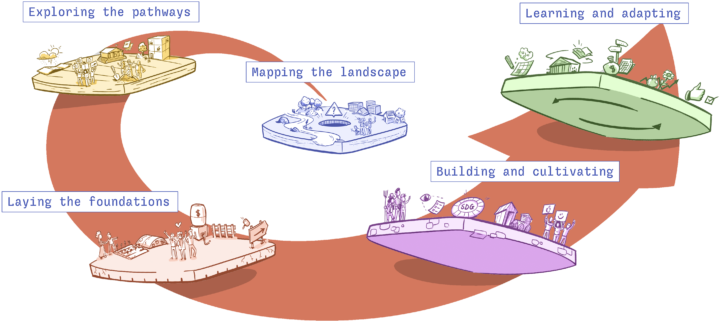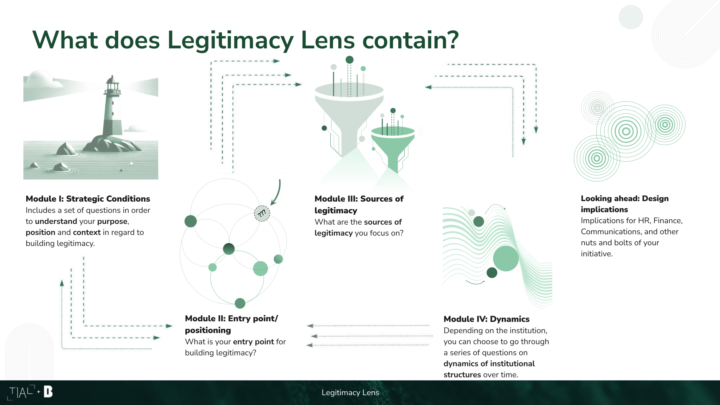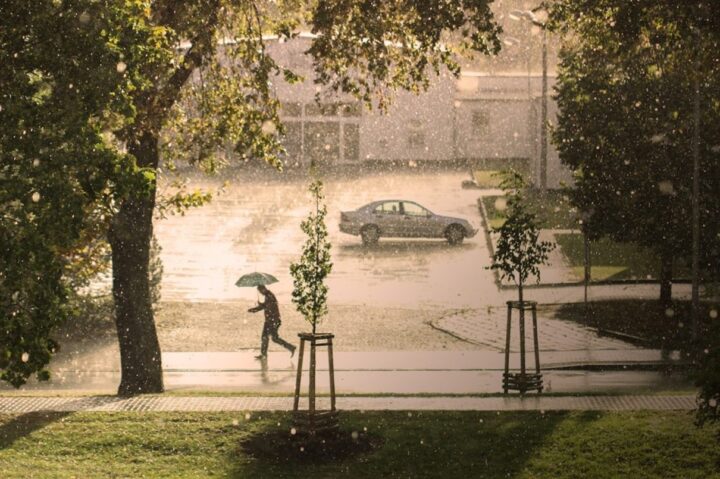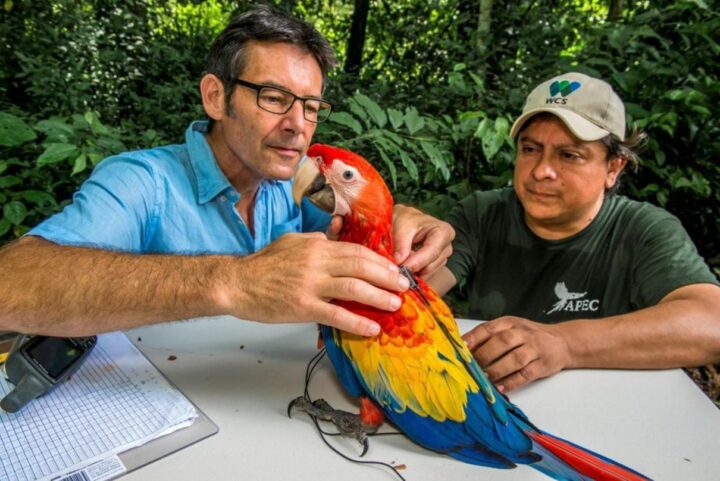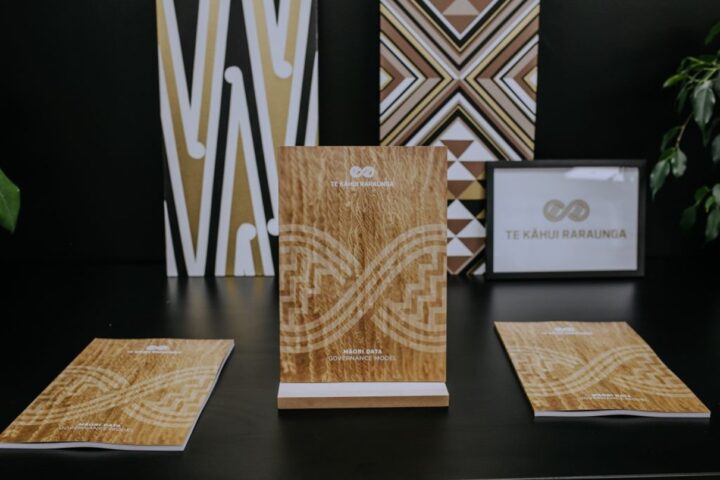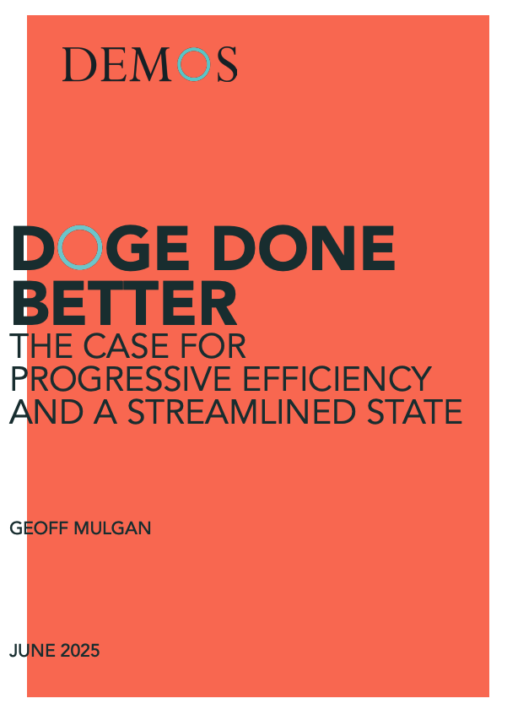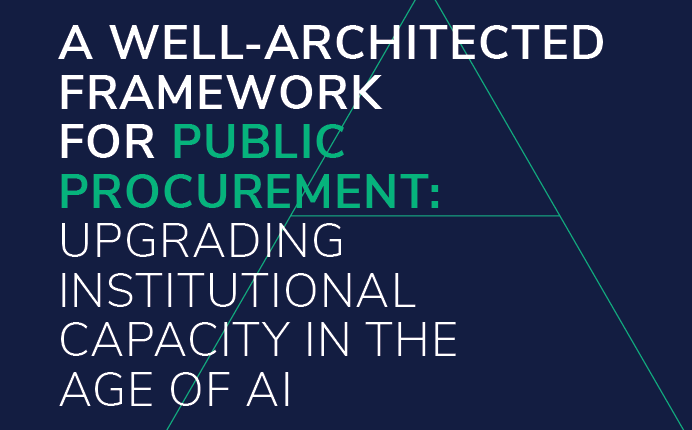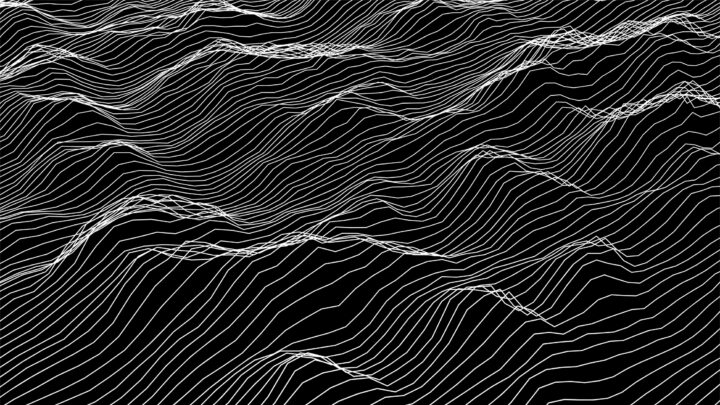
Resources
The world has a rich history of institutional forms and an ever-growing array of technologies to help collaborate, communicate, and build collective intelligence. Here, we document and collect under-utilized illustrations and novel guides for institutional entrepreneurs.
Toolkits
Guides, frameworks and methodologies systematically organised to facilitate the process of designing, implementing, and improving institutions. These toolkits serve as practical guides for individuals and organizations involved in shaping new and renewed institutions.
Playbook: Designing new institutions and renewing existing ones
This Playbook was developed as a collaboration between UNDP, TIAL and Demos Helsinki. It is…
Toolkit: Legitimacy Lens – A guide for building and maintaining legitimacy of new institutions
A guide to designing new institutions
This toolkit offers a framework for thinking about the design of new organizations — whether…
Illustration cases
Overlooked and underutilized models offering valuable insights for institutional architecture.
The climate convergence: Extreme heat as a catalyst for cross-sector innovation
Mobilising the collective intelligence of nature — Internet of animals
Redefining data sovereignty: Māori data governance in the digital age
Publications
Explorations of insights, questions, and experiments that inspire and spark our imagination when it comes to designing institutions for the 21st century.
DOGE done better? The case for progressive efficiency and a streamlined state
White paper #002: A Well-Architected Framework for public procurement
White paper #001: Safeguarding elections in the age of AI and synthetic content
Articles
Early ideas that spark and sustain the craft of institutional architecture.
Event recap: Fixing procurement for the era of AI
New approaches to anticipatory regulation: the Regulatory Innovation Office (RIO) in the UK and the new AI regulators
Artificial Intelligence and tackling the challenge of designing new public institutions
The challenge When new tasks come along, often new institutions have to be created too. …

